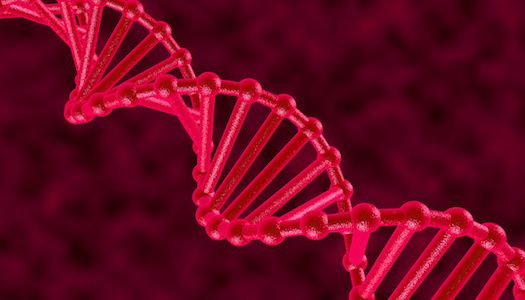Article
Genetics Study Explains How Schizophrenia Offsets Risk of Rheumatoid Arthritis
Author(s):
Schizophrenia and rheumatoid arthritis appear to have a DNA level connection.

There appears to be a genetic relationship in the pathogenesis of schizophrenia and rheumatoid arthritis (RA), according to a study from the University of Pittsburgh.
On the surface, it does not seem as if schizophrenia and RA would be related, since schizophrenia is a psychiatric disorder and RA is an autoimmune disorder affecting the joints. However, this new research isn’t the first to link the two.
“Several previous research studies have hinted at a potential inverse relationship in the prevalence and risk for the two disorders,” co-author Vishwajit Nimgaonkar, MD, PhD, said in a news release, “so we wondered if individual genetic variants may exist that could have opposing effects on the risk of schizophrenia and rheumatoid arthritis.”
Although both schizophrenia and RA can likely be explained by a multi-factorial polygenic threshold model (MFPT), previous studies have indicated that there is likely an inverse risk. In other words, a person who has schizophrenia has a reduced risk of developing RA. These studies have also shown that children and siblings of people with schizophrenia have a lowered risk of RA as well.
“The inverse prevalence of RA in patients with schizophrenia and the reduced familial risk of RA raise the possibility that there are shared pathogenic processes for these disorders,” the current study authors explained.
The researchers used interactome analysis to investigate the possible relationship between schizophrenia and RA. They looked for single nucleotide polymorphisms (SNPs) with what they describe as “plausible pleiotropic risks,” which could lead to links indicating a shared pathology between the two conditions.
The researchers performed two separate but parallel analyses. The first was to find the SNPs that could have pleiotropic effects and the second was to examine how the proteins interact within the cell. They identified 18 SNPs and all were in the human leukocyte antigen (HLA) region of the genome. They identified eight genes associated with putative pleiotropic SNPs (GAPPS).
Once the researchers had identified the eight GAPPS, they investigated their expression and analyzed the interactomes, using tissues available in public databases. Although the GAPPS did not directly interact with any of the genes associated with either schizophrenia or RA, they did connect with both schizophrenia and RA genes through 27 common interactors.
Some limitations to this study included the fact that there are other mechanisms, in addition to pleiotropy, which should be explored. Other types of experiments should be conducted to verify the results of the present study and other variants should be analyzed as well. Even with those limitations, the authors are optimistic.
“We believe that the research community studying these two disorders will find our results extremely helpful,” Nimgaonkar said.
These results support earlier evidence saying that the two disorders, however different they appear, are likely connected. Future researchers now have a clearer direction and, importantly, a shorter list of genes that are potentially linked to the apparent schizophrenia/RA relationship.
Next steps in this research would be to conduct additional functional analyses, which may have potential pathogenic relevance to both conditions, the authors concluded.
The study, “Generating testable hypotheses for schizophrenia and rheumatoid arthritis pathogenesis by integrating epidemiological, genomic, and protein interaction data,” was published in npj Schizophrenia. The news release was provided by UPMC.
Related Coverage:
Patients with Schizophrenia at Risk for Developing Diabetes
Progress in Treating the Underlying Problem of Rheumatoid Arthritis
3D Printouts Could Encourage Patients with Arthritis to Take Their Medication




